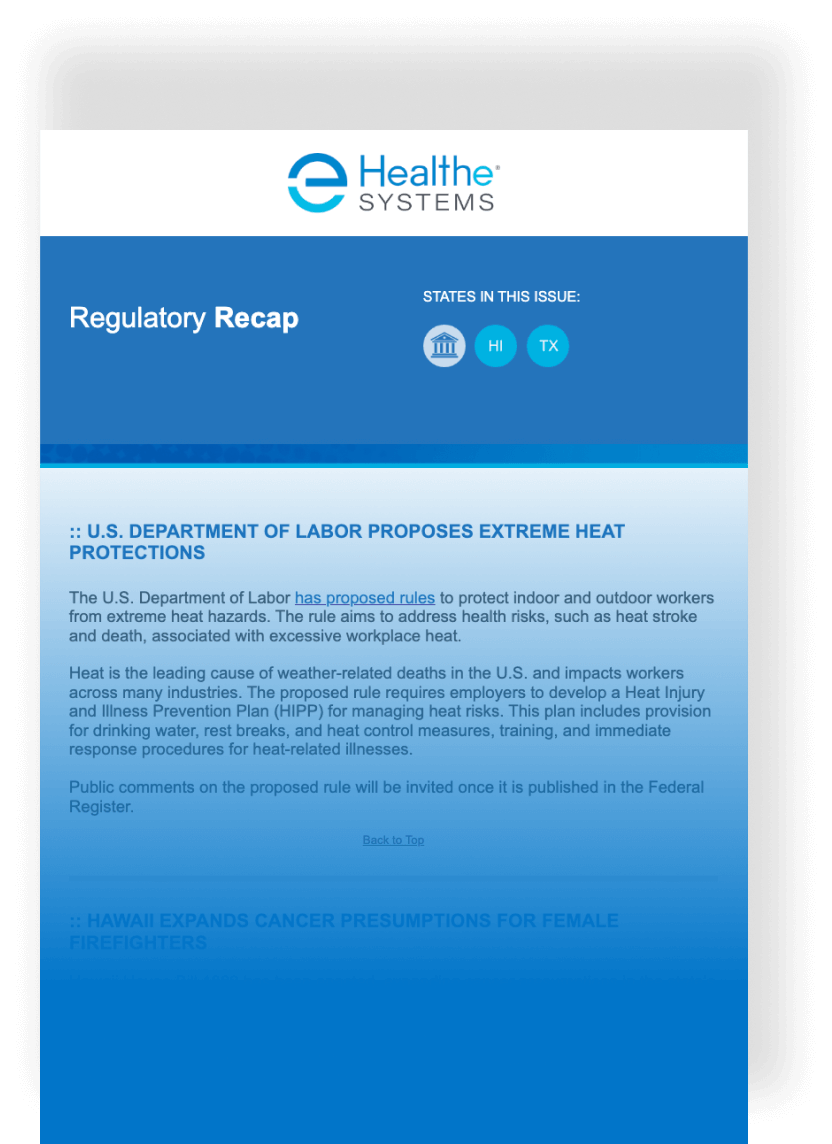The Workers’ Compensation Research Institute (WCRI) published a new report that explores differences in outcomes for injured workers who receive initial care from advanced practitioners – such as nurse practitioners and physician assistants – instead of primary care physicians.
The growing shortage of primary care physicians has led to many states passing laws that expand access to care by allowing these advanced practitioners to provide care to injured workers, and the WCRI’s study draws on detailed claims and medical data from 29 states, covering over 80 percent of workers’ compensation benefits paid in 2022. It includes injuries from October 1, 2012, to September 30, 2022, and tracks outcomes up to 6 or 12 months postinjury.
The WCRI compared claims outcomes between advanced practitioners and primary care physicians, utilizing key metrics such as:
- Time to first nonemergency office visit
- Number of medical visits
- Use and timing of specialty care
- MRI use within six weeks
- Medical and indemnity payments
- Duration of temporary disability
Workers first treated by nurse practitioners had a 2.3% shorter time from injury to the first non-emergency service when compared to primary care physicians, driven by a 9.9% faster time to care in rural areas. Little difference was noted between nurse practitioners and primary care physicians in the number of E&M services, specialty care use/timing, medical payments and indemnity benefits per claim, and the duration of temporary disability benefits.
Workers first treated by physician assistants versus primary care physicians saw a higher use of specialty services. These workers also had a 2.4-3.9% faster time to first major radiology, neurological/neuromuscular testing, and pain management injection services. However, these workers did have 4% higher medical payments per claim but 5.2% lower indemnity benefits per claim.







